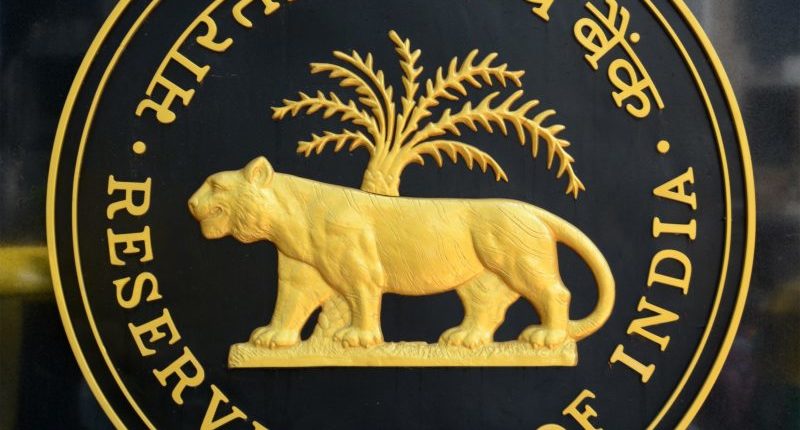The Reserve Bank of India (RBI) has released master directions on the transfer of loan exposures and securitisation of standard assets on 24 September 2021. According to the press release, these directions will come into effect from 24 September 2021.
The purpose of the master direction is to create comprehensive regulatory guidelines to govern the transfer of loan exposures. There are many reasons why loan transfers take place. It can be due to liquidity management, strategic sales or rebalancing exposures.
According to the master direction, there is a prescribed minimum holding period for different categories of loans for their transfer eligibility.
The general conditions for all loan transfers include, among other points, advising the lenders to place a board-approved policy for transfer and acquisition of loan exposures under the guidelines. The guidelines should include minimum quantitative and qualitative standards relating to due diligence, requisite IT systems for capture, storage, risk management, etc.
These directions are introduced after considering various stakeholders’ comments on the draft issued on 8 June 2020. The new directions replace the existing instructions on the matters of sale or transfer of loan exposures. RBI advises all lending institutions to comply with the new directions. Lending institutions include all commercial banks (like small finance banks, local area banks and regional rural banks), all primary (urban), state and district central co-operative banks, all All-India financial institutions and all Non-Banking Financial Companies (NBFCs).
Join our Telegram channel to keep getting updates on all things finance.
For any clarifications/feedback on the topic, please contact the writer at jyotsna.singh@cleartax.in
I am a Content Writer at Clear. Apart from writing, I enjoy reading, listening to music and exploring different ideas and crafts.





